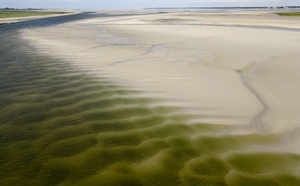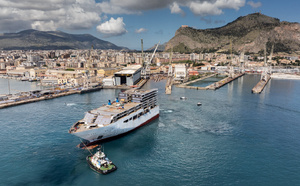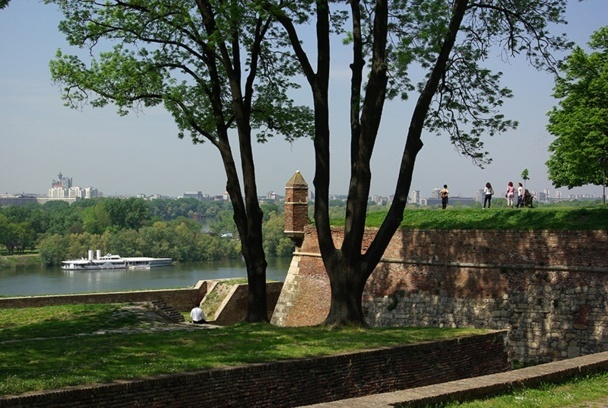
The romance of the Danube, to discover in Belgrade, capital of Serbia - Photo DR
Brace Krsmanović, a neighborhood of Savamala on a Friday evening.
In this dark street of the less frequented Belgrade, adorned with agonizing warehouses, the shady bars stand on an untamed asphalt. The area is separated from the Sava river by an abandoned railroad.
The atmosphere is dim but behind the underground signs, the Serbian youth, huddled at the counter or on a terrace above the Sava, is having a blast amid electro music.
The street is a footstep away from the Mikser House, a concept store refurbished this spring as cultural space. One can dine and drink under an industrial framework, after a rock concert or the screening of avant-garde, all in the middle of creations by Serbian designers.
Just like the old docks of Beton Hala, transformed into trendy restaurants and nightclubs, Savamala reflects the "movida" blowing up in the Serbian capital.
Controlled under the Tito regime, pointed at during the Yugoslav conflict and now for its trafficking of all kinds, Belgrade is craving emancipation and expresses it through its youth and an unrestrained artistic creativity.
Sometimes referred to as "Barcelona of the East." The parallel seems excessive. "The Berlin of the Balkans" sounds probably more accurate, because the events (the Mikser Festival, World Design Festival...) and alternative initiatives resemble those of the German capital after the fall of the Wall.
The city will therefore appeal to travelers eager to discover new trends with a Eastern European twist. Just a walk in the evening through Knez Mihailova (the pedestrian heart of the city), the Republic Square or in the Students’ Park, is enough to feel, in the middle of bar-terraces and street entertainment, the pounding heart of Belgrade.
In this dark street of the less frequented Belgrade, adorned with agonizing warehouses, the shady bars stand on an untamed asphalt. The area is separated from the Sava river by an abandoned railroad.
The atmosphere is dim but behind the underground signs, the Serbian youth, huddled at the counter or on a terrace above the Sava, is having a blast amid electro music.
The street is a footstep away from the Mikser House, a concept store refurbished this spring as cultural space. One can dine and drink under an industrial framework, after a rock concert or the screening of avant-garde, all in the middle of creations by Serbian designers.
Just like the old docks of Beton Hala, transformed into trendy restaurants and nightclubs, Savamala reflects the "movida" blowing up in the Serbian capital.
Controlled under the Tito regime, pointed at during the Yugoslav conflict and now for its trafficking of all kinds, Belgrade is craving emancipation and expresses it through its youth and an unrestrained artistic creativity.
Sometimes referred to as "Barcelona of the East." The parallel seems excessive. "The Berlin of the Balkans" sounds probably more accurate, because the events (the Mikser Festival, World Design Festival...) and alternative initiatives resemble those of the German capital after the fall of the Wall.
The city will therefore appeal to travelers eager to discover new trends with a Eastern European twist. Just a walk in the evening through Knez Mihailova (the pedestrian heart of the city), the Republic Square or in the Students’ Park, is enough to feel, in the middle of bar-terraces and street entertainment, the pounding heart of Belgrade.
The romanticism of the Danube
As for the rest, the city fluctuates between Art Nouveau and Deco heritage and decrepit socialist symbols.
Not enough to make a big fuss about the Balkans compared to Prague or Budapest. Especially since, other than the National History museum, the other two major exhibition spaces (The National Museum and The Museum of Contemporary Art) are closed due to long term renovations.
However, amateur architects will not be disappointed by the socialist look of "progressive" ministeries and buildings of the Novi Beograd, a residential area built after 1945 according to the ideas of Le Corbusier. The Palace of Serbia, the former seat of the federal government, reigns as a relic of a triumphant ex-Yugoslavia.
As for the dreamers, they can contemplate from the park and the fortress Kalemegdan to the romanticism of the Danube, that flows placidly but powerfully between large grassy areas.
The "humanist" bunch can scavenge through typically popular covered markets (Zeleni Vanac , Kalenic ... ), an Orthodox church, a rare Ottoman building (Princess Ljubica Residence.) They will be amazed by the gigantic project of the St. Sava Cathedral, astonishing from the outside but unfinished on the inside and whose final "delivery" is still unknown.
Others with enjoy the bohemian atmosphere of the Skadarlija street or the charm of the Zemun neighborhood, tile roofs and bell towers along the Danube.
Not enough to make a big fuss about the Balkans compared to Prague or Budapest. Especially since, other than the National History museum, the other two major exhibition spaces (The National Museum and The Museum of Contemporary Art) are closed due to long term renovations.
However, amateur architects will not be disappointed by the socialist look of "progressive" ministeries and buildings of the Novi Beograd, a residential area built after 1945 according to the ideas of Le Corbusier. The Palace of Serbia, the former seat of the federal government, reigns as a relic of a triumphant ex-Yugoslavia.
As for the dreamers, they can contemplate from the park and the fortress Kalemegdan to the romanticism of the Danube, that flows placidly but powerfully between large grassy areas.
The "humanist" bunch can scavenge through typically popular covered markets (Zeleni Vanac , Kalenic ... ), an Orthodox church, a rare Ottoman building (Princess Ljubica Residence.) They will be amazed by the gigantic project of the St. Sava Cathedral, astonishing from the outside but unfinished on the inside and whose final "delivery" is still unknown.
Others with enjoy the bohemian atmosphere of the Skadarlija street or the charm of the Zemun neighborhood, tile roofs and bell towers along the Danube.
Hungarian, Romanian, Ruthenian minorites...
The liveliness of the Belgrade "scene" vanishes as soon as we take the northern route. On the great Danubian plain crossing anonymous villages...
Just one and a half hour from Belgrade, here is Novi Sad, the capital of Vojvodina.
A multicultural city, heir of its Austro-Hungarian past and at the crossroads of Europe. Serbians and Hungarian, Romanian , Ruthenian and Slovak minorites coexist without apparent tension in this city (300 000 inhabitants) on the banks of the Danube, against the backdrop of Baroque heritage and interdenominational churches, centered around a charming pedestrian core.
On the right bank, Novi Sad is dominated by the Petrovaradin fortress. The castle, imperial, dominates the placid river that gets shaken up every year in July, during the famous Exit music festival, which attracts the youth of the Old Continent.
The plains of Vojvodina , fertile but monotonous, are enhanced here and there by other architectural gems. This is the case Sremski Karlovci, a charming village with beautiful religious and civic buildings of the 18th century. Symbols of a fresh Serbia that balances between a shy boldness and confirmed classicism.
Just one and a half hour from Belgrade, here is Novi Sad, the capital of Vojvodina.
A multicultural city, heir of its Austro-Hungarian past and at the crossroads of Europe. Serbians and Hungarian, Romanian , Ruthenian and Slovak minorites coexist without apparent tension in this city (300 000 inhabitants) on the banks of the Danube, against the backdrop of Baroque heritage and interdenominational churches, centered around a charming pedestrian core.
On the right bank, Novi Sad is dominated by the Petrovaradin fortress. The castle, imperial, dominates the placid river that gets shaken up every year in July, during the famous Exit music festival, which attracts the youth of the Old Continent.
The plains of Vojvodina , fertile but monotonous, are enhanced here and there by other architectural gems. This is the case Sremski Karlovci, a charming village with beautiful religious and civic buildings of the 18th century. Symbols of a fresh Serbia that balances between a shy boldness and confirmed classicism.






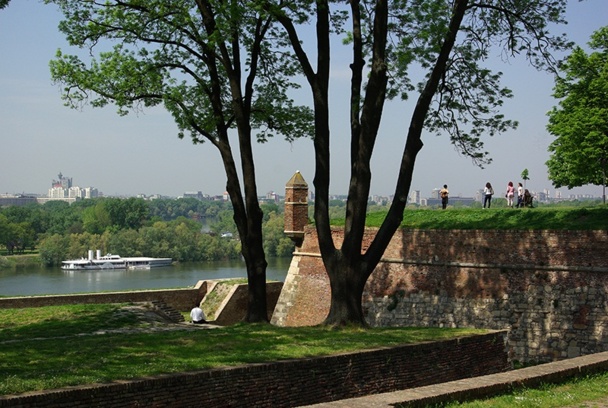


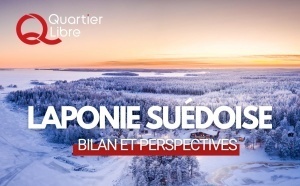

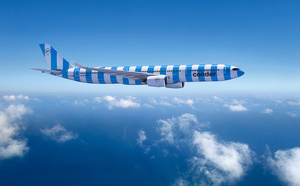

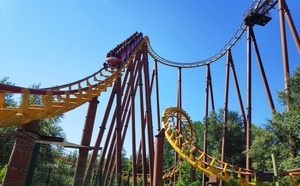
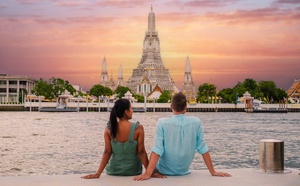
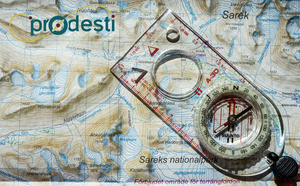





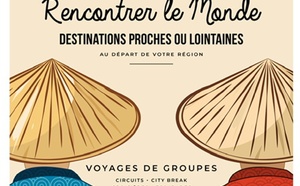
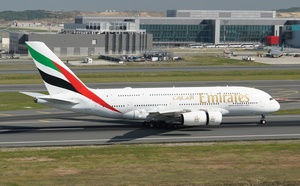


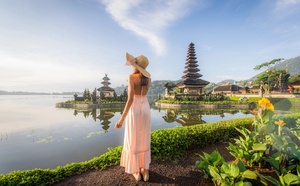
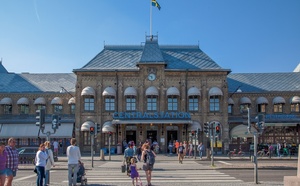
![Tourisme : où sont passés les Chinois ? [ABO] Tourisme : où sont passés les Chinois ? [ABO]](https://www.tourmag.com/photo/art/large_16_9/87929923-62307593.jpg?v=1744721842)
